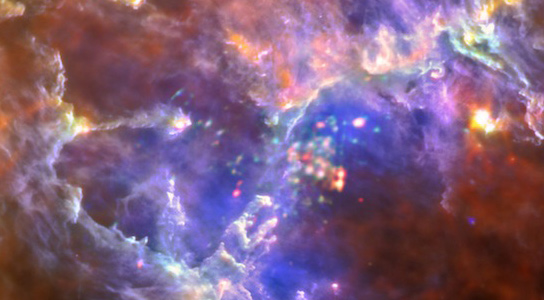
The Eagle Nebula is situated 6,500 light-years away in the Serpens constellation.
The European Space Agency’s Hershel space telescope has captured new, gorgeous views of the Eagle Nebula, located 6,500 light-years away in the Serpens constellation.
The Eagle Nebula is well known thanks to NASA’s Hubble Space Telescope’s iconic Pillars of Creation images from 1995. The image shows a region within the Eagle nebula which holds a star-forming cluster named NGC6611. Light and heat emanating from young stars carved out the distinctive pillars, which are several trillion miles in length.
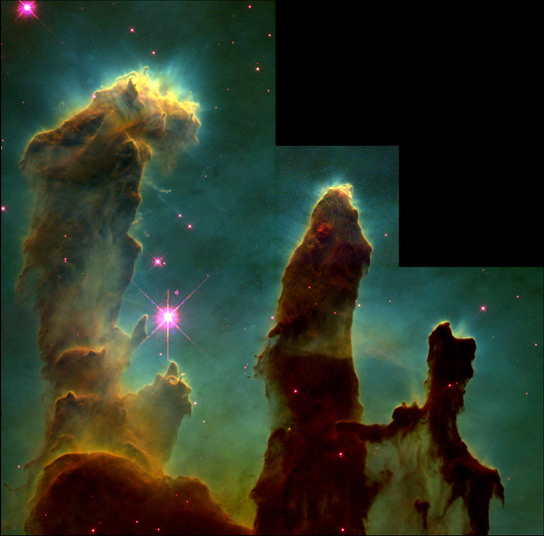
Hershel’s new images aren’t just mesmerizing, but they also update the photos taken by Hubble and reveal new details about the region. Hubble images, taken in optical wavelengths, suggested that the area was a stellar nursery. Obscuring dust prevented astronomers from proving this.
The new images, taken in far-IR wavelengths, were able to penetrate the dust, and allowed astronomers to view the inside of the actual pillars. Cocoons of gas and dust can now be seen, surrounding young stars as they form. These casings will blow away once the star’s light becomes visible.
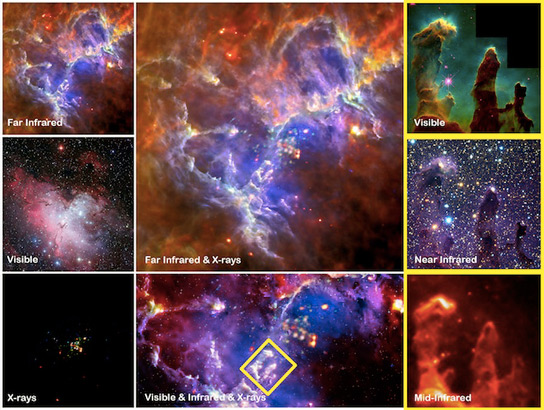
The new data has been combined with the ESA’s XMM-Newton space telescope, which sees the powerful x-ray radiation that the hot, young stars generate. The data also suggests that one of the massive stars in NGC6611 may have gone supernova about 6,000 years ago, releasing a shockwave that destroyed the pillars. Since the Eagle Nebula is 6,500 light-years away, the destruction won’t be visible on Earth for hundreds of years.

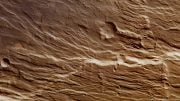
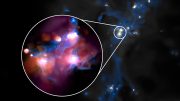



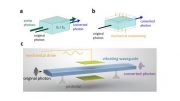
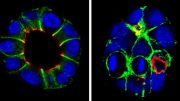
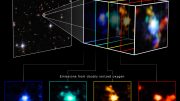
Be the first to comment on "ESA’s Hershel Space Telescope Captures Incredible Views of Eagle Nebula"